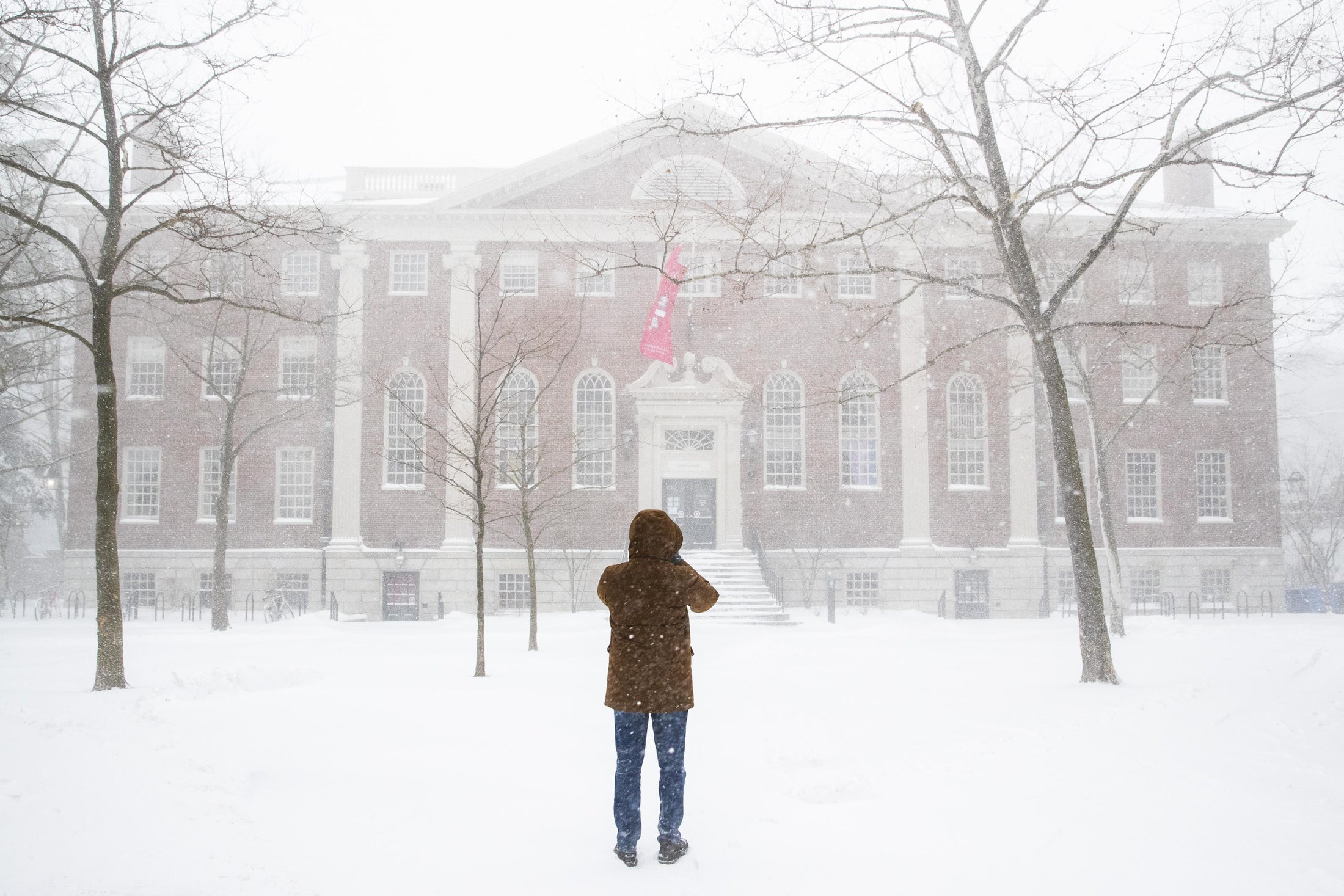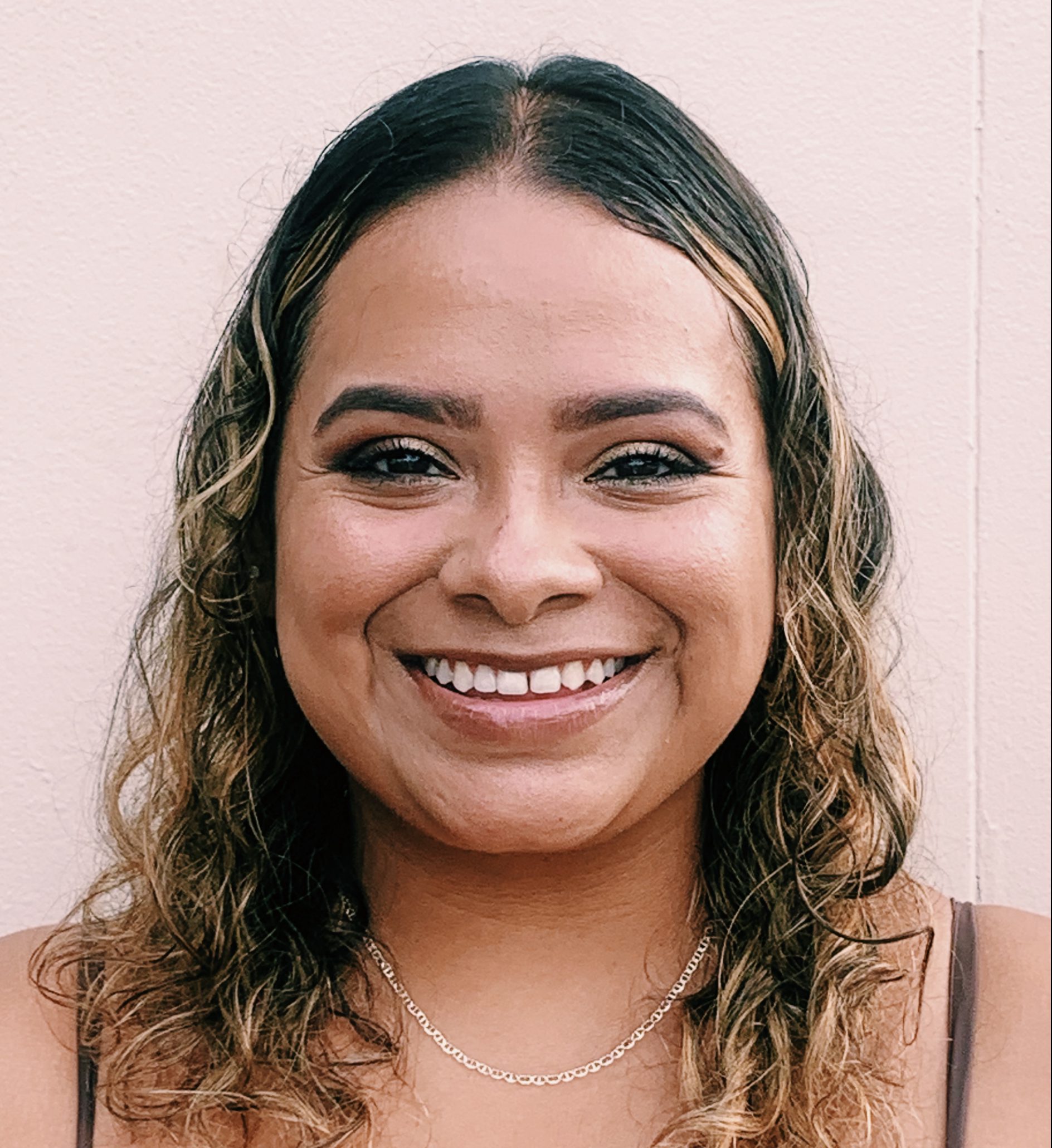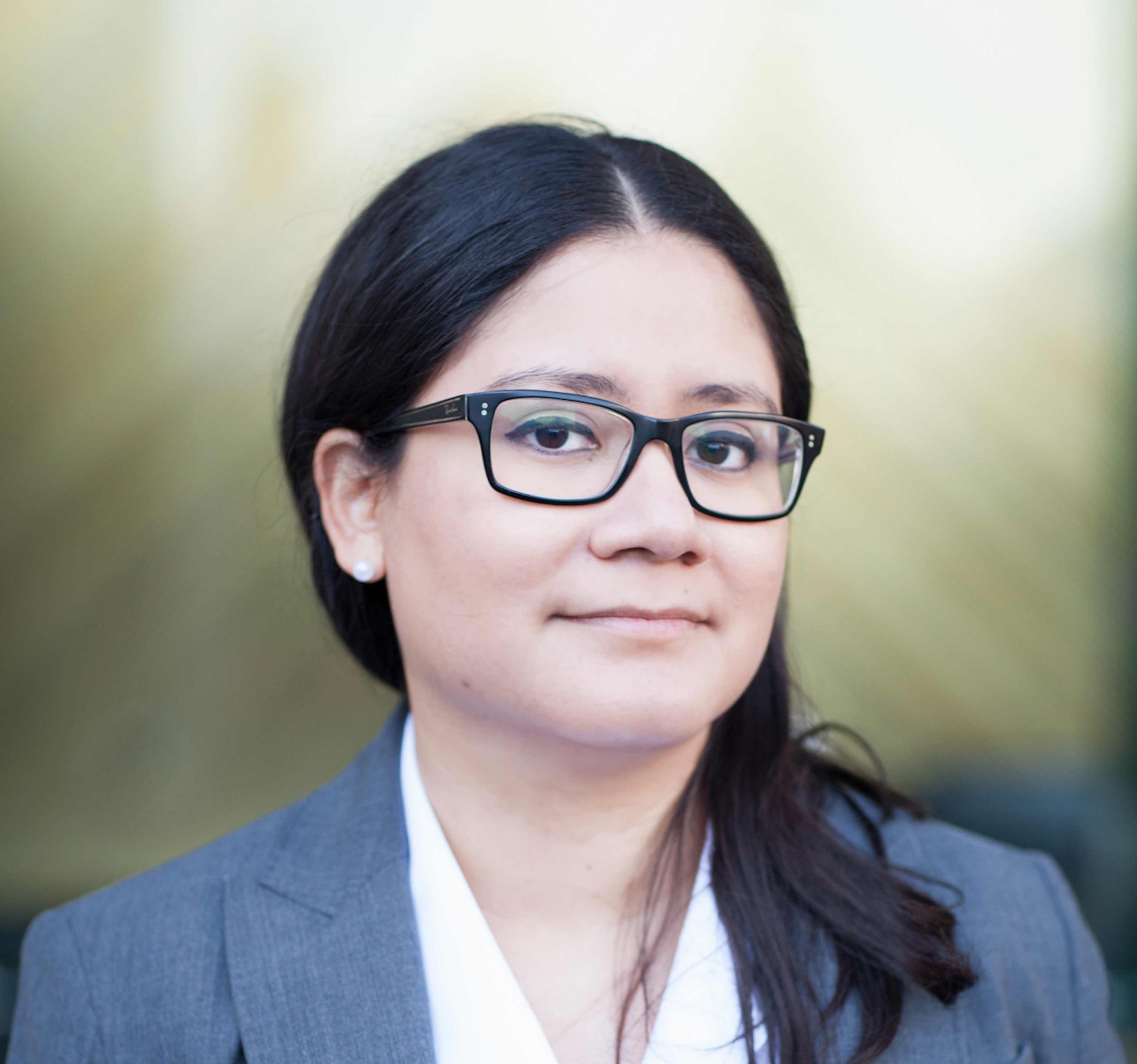I’m Asian American and affirmative action helped me
More of This
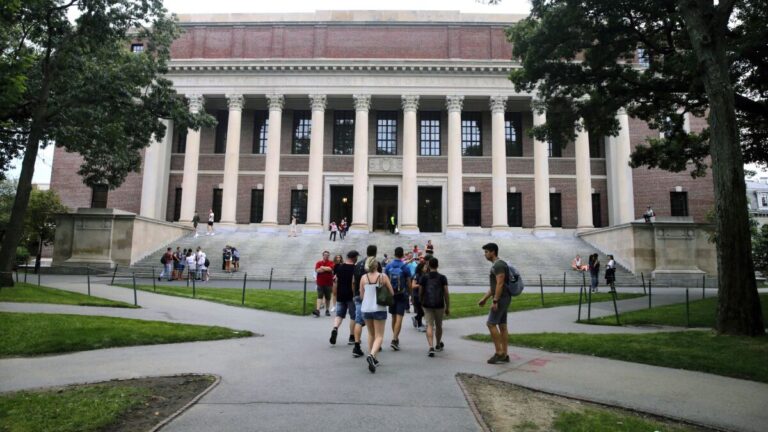
Sally Chen is the education equity program manager at Chinese for Affirmative Action, where she helps create opportunities and access for low-income Chinese immigrants at all levels of education.
The Supreme Court will begin hearing arguments in two cases at the end of the month and could decide the fate of affirmative action in higher education. In 2018, I testified before a federal judge in one of those cases, Students for Fair Admission vs. Harvard, attesting to the importance of affirmative action in my life and why it is valuable to the Asian American community.
I am the daughter of working-class Chinese immigrants who speak very little English. I was born at Chinese Hospital and grew up in Lower Nob Hill in San Francisco. My parents worked at restaurants for low wages, and our family of six barely scraped by. We lived in a cramped one-bedroom apartment among urban professionals and underserved communities.
Before I was even a teenager, I advocated and translated for my family. In my household, my siblings and I are the first generation to graduate from college. In my personal statement for my college application to Harvard, I wrote about how these experiences shaped my passion to do work that would help others with similar struggles.
Read the Story on LA Times
The myths the conservative legal movement wants you to believe
Less of This
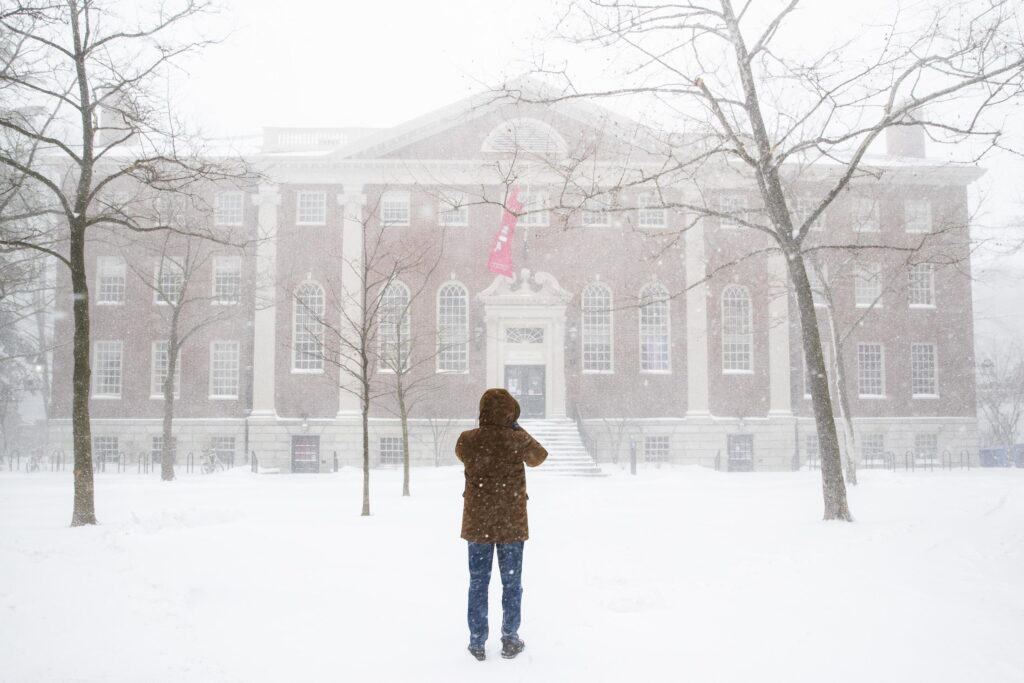
As the Supreme Court prepares to hear the affirmative action cases against Harvard and the University of North Carolina on Halloween, it’s time to unmask Edward Blum, the conservative activist behind the lawsuits attacking the universities’ diversity-building admissions policies. The media has helped Blum propagate an image as a lone underdog taking on much more powerful interests, with the Washington Post on Monday producing a typical headline: “How one man brought affirmative action to the Supreme Court. Again and again.” In reality, though, Blum is not some humble David going it alone in his battle against Goliath, but the well-off beneficiary of a powerful infrastructure of right-wing funders, think tanks, and lawyers that used its might to help end Roe v. Wade and will also go after voting and LGBTQ+ rights protections this Supreme Court term, on top of their attack on affirmative action.
The false narrative of the solo actor is perniciously common in the conservative playbook, spread by media across the political spectrum. Blum’s little-ol’-me facade was set a decade ago, when he went to the Supreme Court with his first and failed anti-affirmative action case, 2012’s Fisher v. University of Texas. The Texas Tribune called him “a one-man show.” He was “just a regular guy” in The Washington Post; “meek” in Salon; and “just me and a website” in the Los Angeles Times, despite his longtime fellow position at the right-wing American Enterprise Institute. The mainstream descriptions of Blum have been similarly misleading this time around. Reporting on the current case, MSNBC referred to his “one-man mission to end affirmative action.” Last week, Blum was given space in the The New York Times to describe his operation as “low-cost…no bricks, no mortar, no employees.” This week’s aforementioned piece in the Post followed suit, describing Blum as having “an extraordinary track record for… a stockbroker turned conservative activist and policy wonk, who is neither a lawyer nor the head of a large organization.”
Read the story on Slate
The most conservative Federal Court just declared an entire agency unconstitutional
Speaking Of...

Three judges appointed by former President Donald Trump handed down an astonishing decision on Wednesday, effectively holding that the Consumer Financial Protection Bureau, the federal agency charged with protecting consumers from a wide range of predatory activity by lenders and other financial services, is unconstitutional and must be stripped of its authority.
The decision by the conservative United States Court of Appeals for the Fifth Circuit relies on a novel reading of an obscure provision of the Constitution, and is entirely at odds with a Supreme Court decision that rejects the Fifth Circuit’s reading of that provision. This is not unusual behavior from the Fifth Circuit, which often reads the Constitution in novel and unexpected ways that benefit political conservatives and the Republican Party.
Read the story on Vox
Progressives need to stop prioritizing lawyers over low-income people
Say It Louder
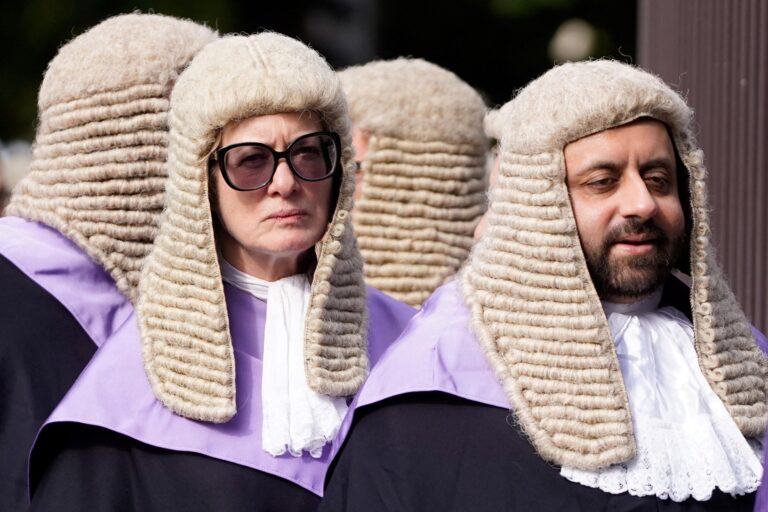
David Freeman Engstrom and Nora Freeman Engstrom are a law professors at Stanford Law School.
Last year was one of the best ever for the world’s richest law firms. Deals surged. Hiring boomed. Salaries ballooned. First-year associates now make $215,000, and that’s pre-bonus. The median BigLaw partner earns well over $1 million a year.
For most Americans, however, the pandemic has been a legal disaster. The need for legal help swelled alongside rising household debt, unemployment claims, and domestic violence incidents. Even pre-pandemic, most Americans did not hire a lawyer when facing legal problems, even serious ones. The majority of legal problems are met with inaction—a person doesn’t write the will, doesn’t contest the eviction, doesn’t challenge the debt, or doesn’t seek the restraining order.
Then, even when Americans do take action, it’s typically without legal assistance. In a stunning three-quarters of the 20 million civil cases filed in court each year, at least one party lacks a lawyer. When Americans think of the legal system, they imagine “A Few Good Men,” “Perry Mason,” or even “My Cousin Vinny”—lawyer clashing with lawyer in open court. The reality is starkly different.
Read the story on Slate




